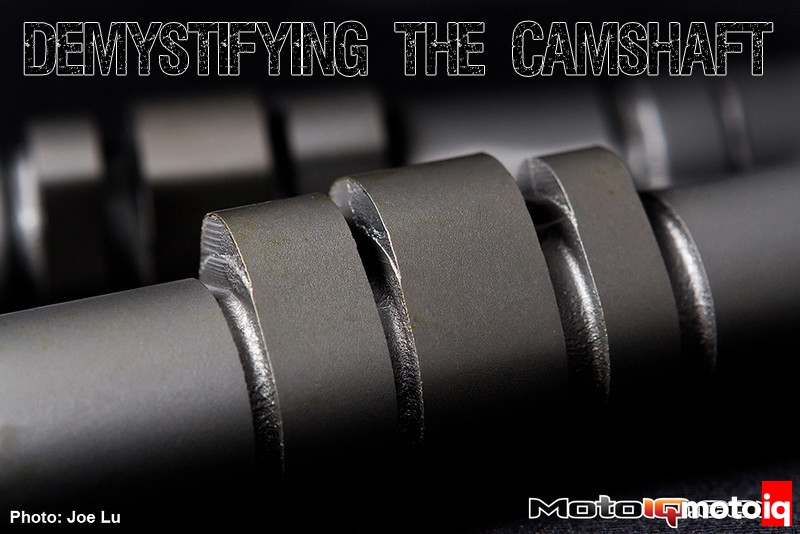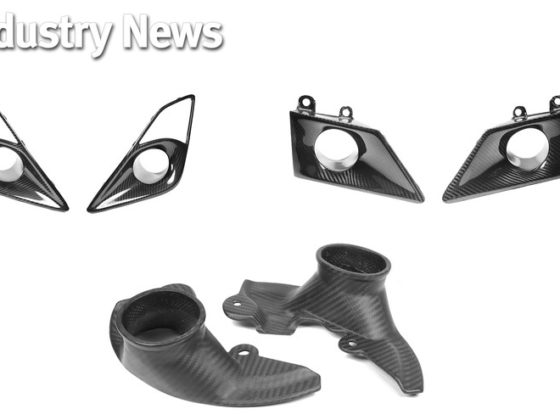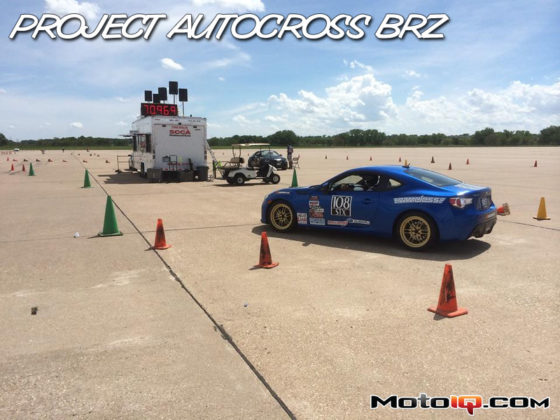,
First, let’s define our objects and our forces. Let’s visualize that your air/fuel mixture is made up of tiny, individual “objects.” Because air is made up of separate molecules, this should make sense. We’re going to throw a little fuel into each “object” as well, so we have something to burn. As far as forces, there are actually many different forces that can act on those objects, but the primary force we’ll be dealing with here is atmospheric pressure. Because each object has mass, and therefore inertia, it will take a force to get it moving – and that force is going to be a pressure differential inside the engine. In our case, the pressure differentials will either be caused by the piston moving up or down in the cylinder, or by the expanding gases of combustion. Another very important thing to remember is that because the air/fuel mixture has inertia, it takes a finite amount of time for the forces to get each object moving. Equally important is, that once that object is moving, it has some momentum, so it will also take some time for forces to stop those objects.
Since we’re going to limit this discussion (for the time being) to naturally aspirated engines, another concept I’d like you to grasp is that we’re operating under atmospheric pressure, which is about 14.7 psi at sea level. What that means is that no matter what happens inside your engine, (even if you could create a perfect vacuum in your cylinder during the intake stroke, which you can’t) the maximum air pressure you can ever use to introduce air into your engine is 14.7 psi. In reality, the maximum pressure difference between atmospheric pressure and cylinder pressure that an engine might generate during the intake cycle is just a few psi, and only for a very short portion of the intake stroke. In reality, the average pressure differential during most of the intake cycle is much less – and this is why forced induction makes such a difference. Just 5 psi of boost would easily more than double the pressure difference between atmospheric and cylinder pressure during the intake cycle – and for the entire time the intake valve is open, rather than just a small portion of the stroke.
In order to further the discussion, we now need to define the valve events, which, of course, are controlled by the camshaft. There are only 4 valve events:
Intake Valve Open (IVO)
Intake Valve Closed (IVC)
Exhaust Valve Open (EVO)
Exhaust Valve Closed (EVC)
The valves, of course, control the flow of our air/fuel mixture (our little “objects”) into the cylinders, and exhaust gases (which we can also picture as made up of little objects) out of the cylinder. Let’s look at the valve events in detail, in relation to the crankshaft rotation, for a 4-cycle engine. While a four-cycle engine has 4 strokes, with 720 degrees of crank rotation, there are actually 6 different phases that occur during these 4 cycles, which are governed by the valves opening and closing – these are:
Power stroke
Blowdown
Exhaust stroke
Overlap
Intake stroke
Compression stroke
1: After the mixture fires a little before TDC, the piston starts to travel down the bore, forced by the expanding gases of combustion. The valves are closed. This is called the power stroke. As the piston heads down the bore, we’re starting to make some power. As we approach 90 degrees of crank rotation, piston speed is at a maximum and the expanding gases can exert maximum torque on the crankshaft at this point.
2: At some point past 90 degrees but before BDC, we start to open the exhaust valve (EVO). This is the start of what is referred to as the blowdown phase, from EVO to BDC.
3: Our piston is now past BDC and moving up on the exhaust stroke. Exhaust valve is fully open now.
4: Approaching TDC on the exhaust stroke. We’re starting one of the most complicated parts of the process which is kicked off by the opening of the intake valve (IVO) – the overlap phase, where we have both the exhaust and intake valves open at the same time. Overlap is the period between IVO and EVC.
5: After TDC, starting the intake stroke. The exhaust valve has now just closed (EVC), and the intake valve is continuing to open. It will stay open past BDC.
6: The intake valve has just closed (IVC) at some point past BDC, and the piston is well on it’s way back to TDC, which signals the beginning of the compression stroke, compressing the mixture in preparation for ignition, and we’re back to the beginning again.
These are brief descriptions, so follow along with the illustrations for details on each part of the process.

A little past TDC (top dead center) of the power stroke, and the piston is starting to move downwards. Ignition has already occurred, and the burning mixture is expanding and pushing the piston down the bore. To visualize that expansion, we’ll imagine that our objects (in red) are multiplying, and therefore take up more volume. Both intake and exhaust valves are closed. If ignition timing is ideal, peak cylinder pressure should occur somewhere around 15 or 20 degrees after TDC – this number varies a bit depending on things like your combustion chamber design and your rod/stroke ratio, and we won’t go into those details here. If peak pressure occurs too early, not only do you make less power, but you also put unwanted extra load on your connecting rod and crank bearings, as well as your wristpin bearing surfaces. If peak pressure occurs too late, you end up giving away some useable power, too.

We’re pretty much through making power at this point. Cylinder pressure is still greater than atmospheric, but because the crank has rotated past 90 degrees, there isn’t much more power to be gained.



